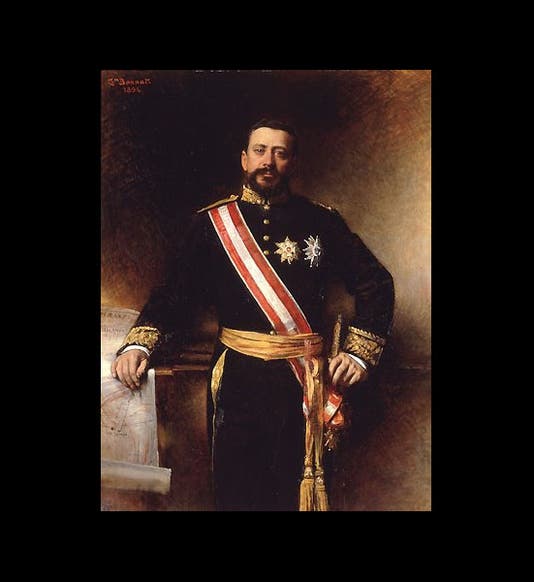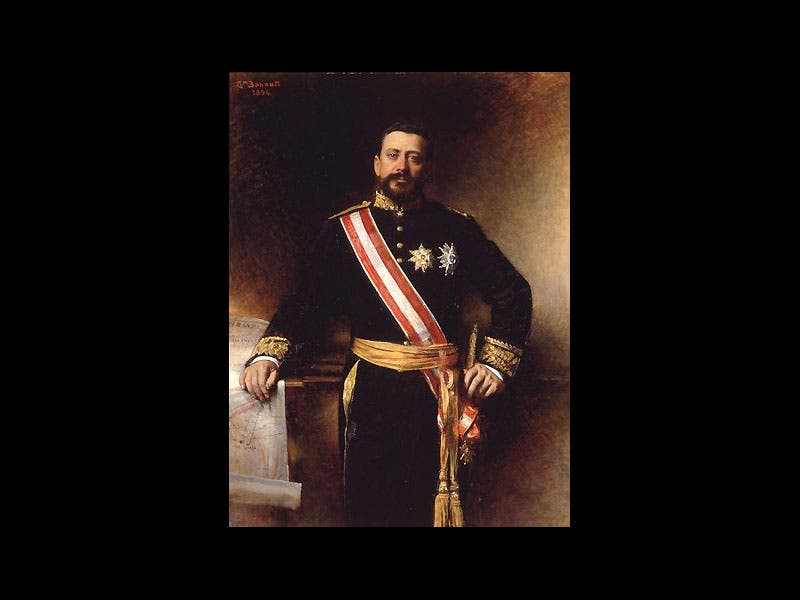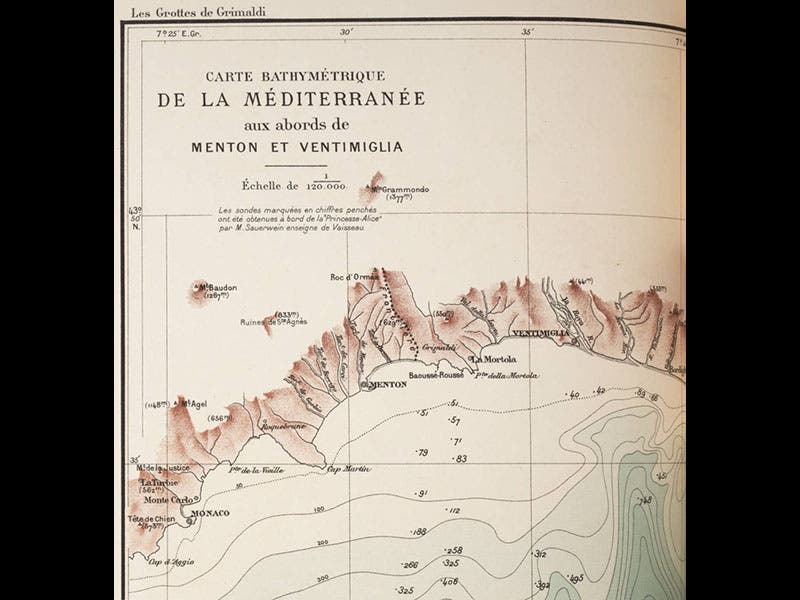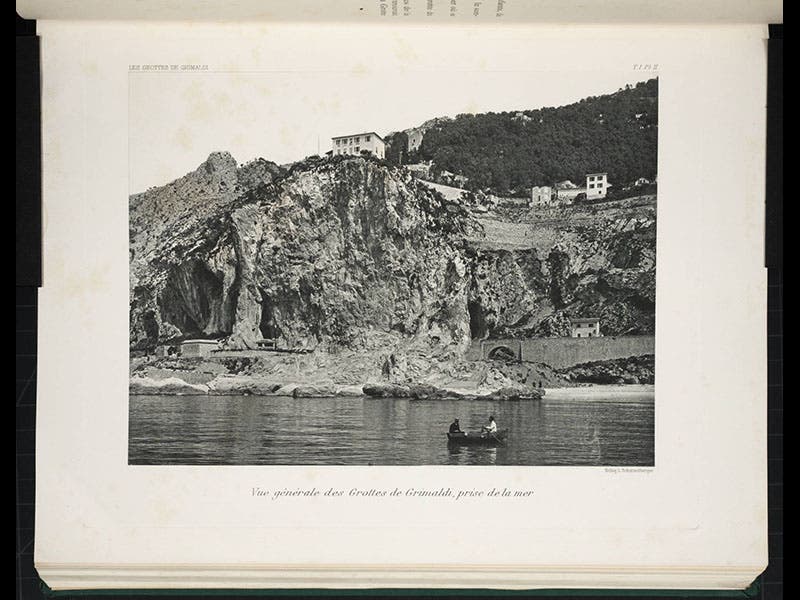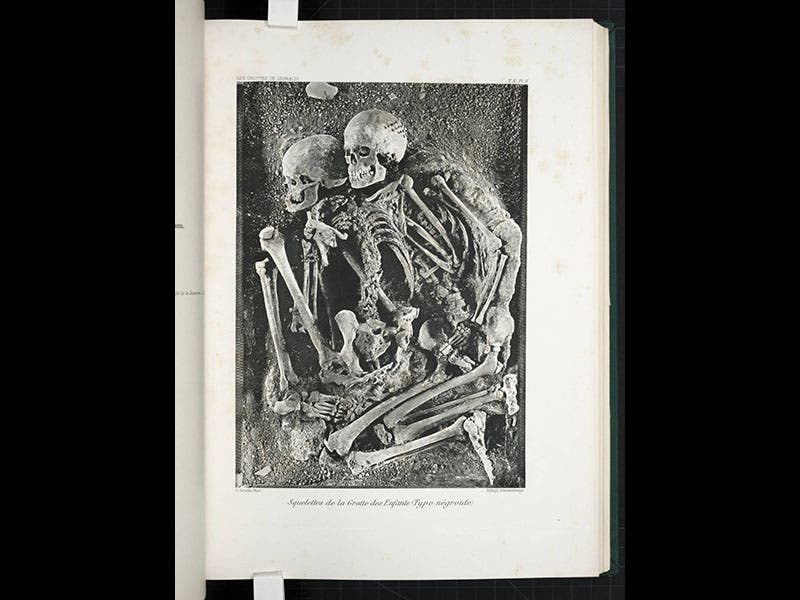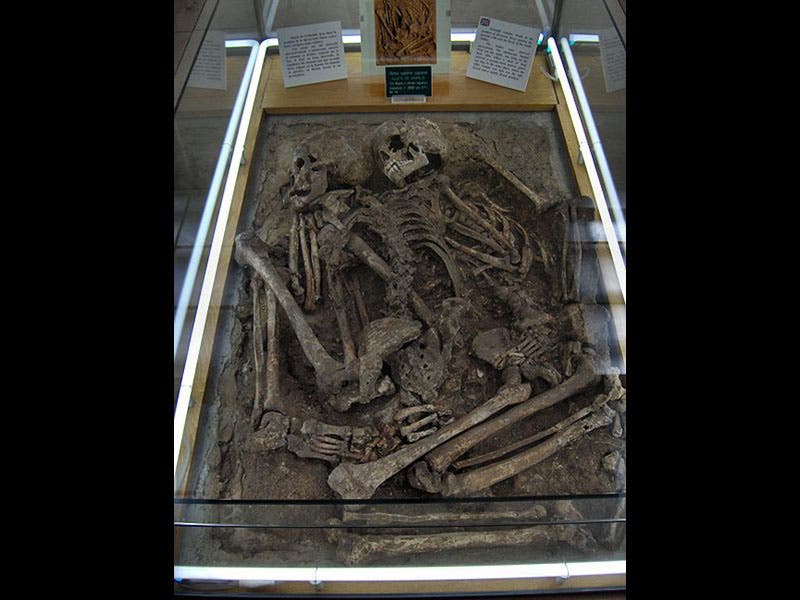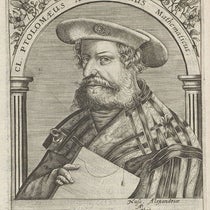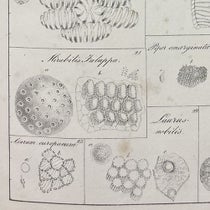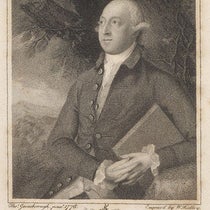Scientist of the Day - Albert I, Prince of Monaco
Albert Grimaldi, who became Albert I, the 10th Prince of Monaco, was born Nov. 13, 1848 (see first image above). Albert was a great patron of the sciences, especially anthropology; he founded the Museum of Prehistoric Anthropology of Monaco and the Institute of Human Paleontology in Paris. During his reign (1889-1922), a number of caves were discovered along the coast near Menton, just east of Monaco; they contained prehistoric remains and artifacts, and they were promptly named the Grimaldi Caves, after the Prince (for a map, see second image; for a view of several of the grottos, see third image). A pair of human skeletons was unearthed in one of the caves, called Baousse-Rousse, the “Red Cliffs”. In the tradition of giving catchy names to important specimens (Neanderthal man, Java man), the skeletons from Baousse-Rousse were called "Grimaldi man.” Grimaldi man, however, became quite controversial; the discoverers thought they saw certain negroid features in the specimens, and they were reconstructed with protruding jaws that, it turns out, the evidence does not really justify. Also, the two skeletons consist of an adolescent man and an older woman; when found, the young man was face up and the woman face down, but they were reconstructed in a "spoons" position, as if they had been buried like that (fourth image). The side view also allowed the jutting jaws to be visible. And that is the way they are displayed to this very day in the Monaco Museum, with a disclaimer about the mistakes in reconstruction (fifth image). The disclaimer, however, is not very apologetic. And the erroneous display remains uncorrected.
Prince Albert I published a book on the caves and their contents, Les Grottes de Grimaldi (1906-19), which we have in our collections and which is the source for images 2-4 above. Grimaldi man is now considered to be a variant of, and contemporary with, Cro-Magnon man. Albert I was the great grandfather of Prince Rainier III, who married Grace Kelley; the two of them produced a less contentious Grimaldi man, the current Prince of Monaco, Albert II.
Dr. William B. Ashworth, Jr., Consultant for the History of Science, Linda Hall Library and Associate Professor, Department of History, University of Missouri-Kansas City. Comments or corrections are welcome; please direct to ashworthw@umkc.edu.

